Signal Generator
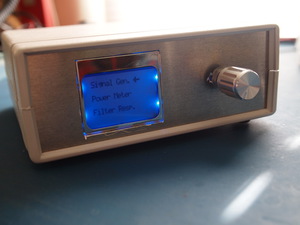 |
Originaly, I was intending to make Yet-Another-DDS VFO based on a Si570 and AD9850, but the xxx issue of QEX featured an article on a much more useful combination of digitally controlled signal generator with a power meter as a very simple scalar network analyzer.
It can operate as a simple digitally synthesized VFO controlling either a AD9850 or Si570 with an adjustable tuning step. It also incorporates the popular AD8307 to provide a logarithmic power detector. The measured power in dBm is displayed, as well as a relative reading bar graph.
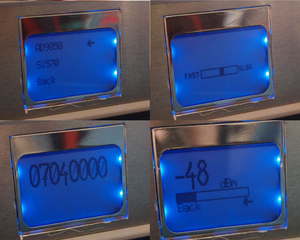 |
The most useful feature, however, is the ability to control either VFO by computer and record the detected power. With a filter between the DDS output and power meter input, it can characterize the frequency response. In this way, it works like a very basic "scalar network anaylzer". Although somewhat limited, for most hobby purposes, it fills the need of a much more expensive and complex VNA. This device can answer the questions: What are the corner frequencies of my filter? How much ripple is there in the pass band? Do I have enough attenuation at X.xx Mhz? Is my filter narrow or wide enough?
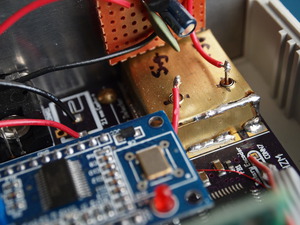 |
The AD8307 is isolated from the rest of the circuit, and shielded with a piece of brass sheet. Feed-through caps, ferrite beads, and an isolated ground are used to prevent picking up any stray noise.
Communication works over a serial RS-232 cable, tuning commands can be sent, and the measured power level can be queried. I may do a USB version for the next iteration. A python script loops a range of frequencies input by the user, and sends the tuning and power level commands. Here is an example result, taken from a 10m bandpass filter.
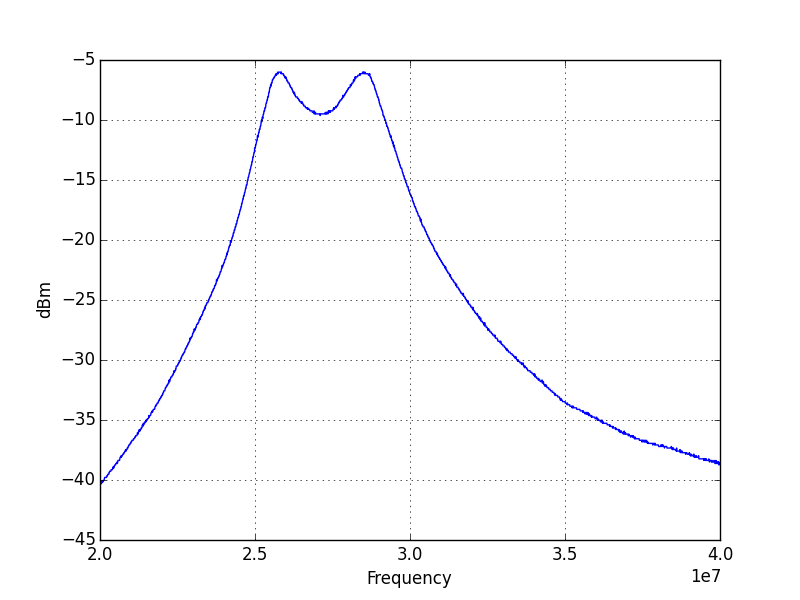
Note, the frequency axis is in 10s of MHz, so the two peaks are near 26 MHz and 28 MHz. I could slightly reduce a capacitor value to smooth out the double hump, but the result is a pretty nice measurement of my filter response. There are many more details to improve upon, so this is a work in progress.
I'm willing to share my code and PCBs, send me an email. I'm not posting any files here, because I'm continually working on it, and they would be guarenteed to be out of date.
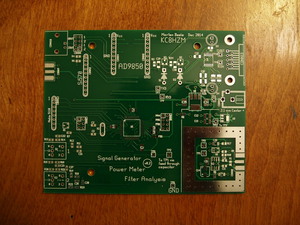 |
The next version of the board has arrived. This iteration is significantly larger and more spread out than the first one. It is designed to fit inside the Hammond 1598-BSGY case. The extra size puts the front controls at the front, and the rear connectors at the back panel.